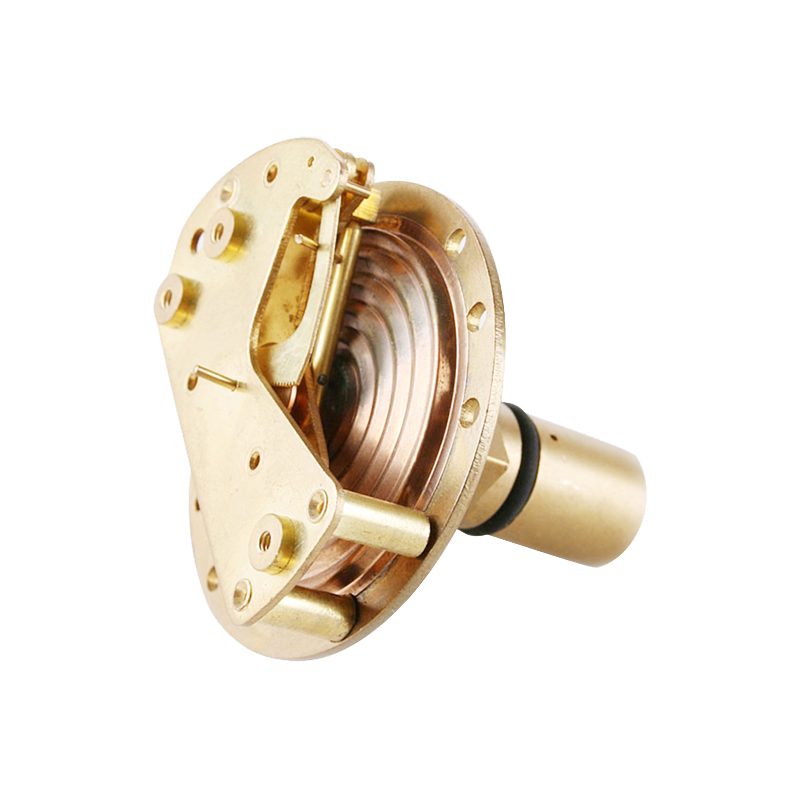
Oct . 15, 2024 15:36 Back to list
sealed diaphragm pressure gauge jah
Understanding Sealed Diaphragm Pressure Gauges
Sealed diaphragm pressure gauges are essential instruments widely utilized in various industries for measuring pressure in a wide range of applications. These gauges are equipped with a flexible diaphragm that separates the pressure sensing element from the environment, making them particularly suitable for measuring pressure in corrosive or hazardous conditions.
Working Principle
The operation of a sealed diaphragm pressure gauge is based on the principle of elastic deformation. When pressure is applied to one side of the diaphragm, it deflects. This deflection is then transmitted to a mechanical movement that drives the pointer on the gauge dial. The amount of deflection is directly proportional to the applied pressure. The sealed design ensures that the diaphragm is protected from contaminants and fluids that could impair its function.
Key Features
One of the main advantages of sealed diaphragm pressure gauges is their ability to measure pressures in hostile environments without compromising accuracy or reliability. The internal filling fluid, often silicone oil or glycerin, helps dampen vibrations and reduces the effects of pulsation, thus enhancing the gauge's performance. This is particularly beneficial in applications that involve pulsating pressure, such as in pumps and compressors.
Another significant feature is the isolation from the ambient environment. By keeping the measuring element sealed off, these gauges prevent the ingress of dust, moisture, and corrosive substances, which could lead to premature failure or inaccurate readings. Consequently, this design improves the longevity and maintenance cycles of the gauge.
sealed diaphragm pressure gauge jah

Applications
Sealed diaphragm pressure gauges find applications in numerous industries, including oil and gas, chemical processing, pharmaceuticals, and food and beverage. In the oil and gas sector, they are used for wellhead pressure monitoring and pipeline management. In chemical plants, these gauges help monitor the pressure of reactants in reactors, ensuring safe and efficient operation. In pharmaceuticals, they are critical for maintaining sterile environments by monitoring pressures in various processes.
Choosing the Right Gauge
When selecting a sealed diaphragm pressure gauge, several factors must be considered. The type of fluid being measured, the expected pressure range, temperature conditions, and the environment in which the gauge will be installed are all essential criteria. Additionally, users should consider the size of the gauge and the type of connection to ensure compatibility with existing systems.
Conclusion
Sealed diaphragm pressure gauges are indispensable tools that combine precision and durability in pressure measurement across a variety of industries. Their ability to operate effectively in challenging conditions makes them a reliable choice for professionals seeking accurate pressure readings without the risk of contamination or damage. As industries continue to evolve, the importance of such gauges in maintaining operational safety and efficiency remains paramount.
-
Precision Differential Pressure Gauge Assembly Reliable & Customizable Solutions
NewsMay.29,2025
-
WIKA Sanitary Diaphragm Pressure Gauge High Precision & Durability
NewsMay.29,2025
-
HD Fire Pressure Gauges High Accuracy & Durable Solutions
NewsMay.28,2025
-
Custom Singles Capsule Systems Top Exporters & Factories
NewsMay.28,2025
-
Piston-Style Differential Pressure Gauges Precision & Durability
NewsMay.28,2025
-
WIKA Differential Pressure Gauge 700.04 High-Accuracy Industrial Measurement
NewsMay.28,2025
